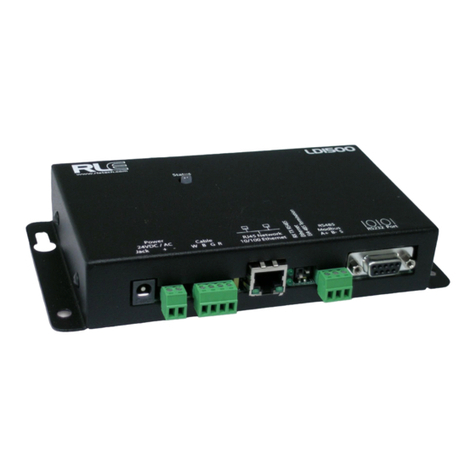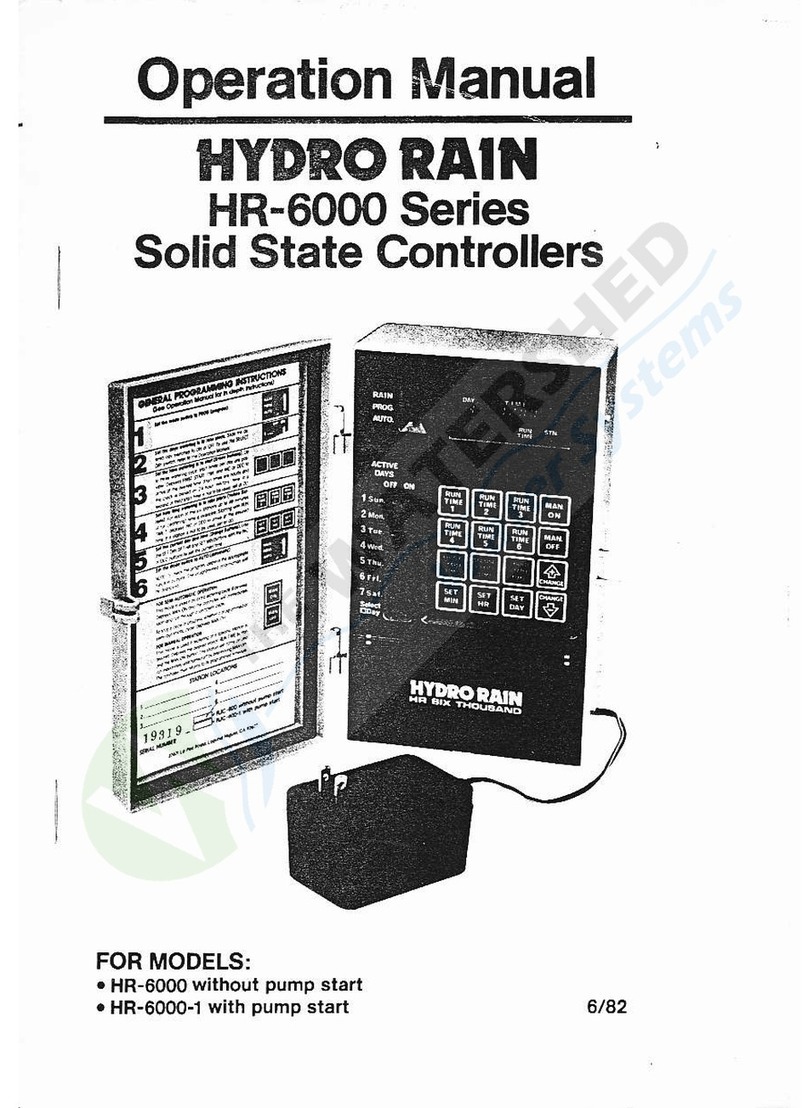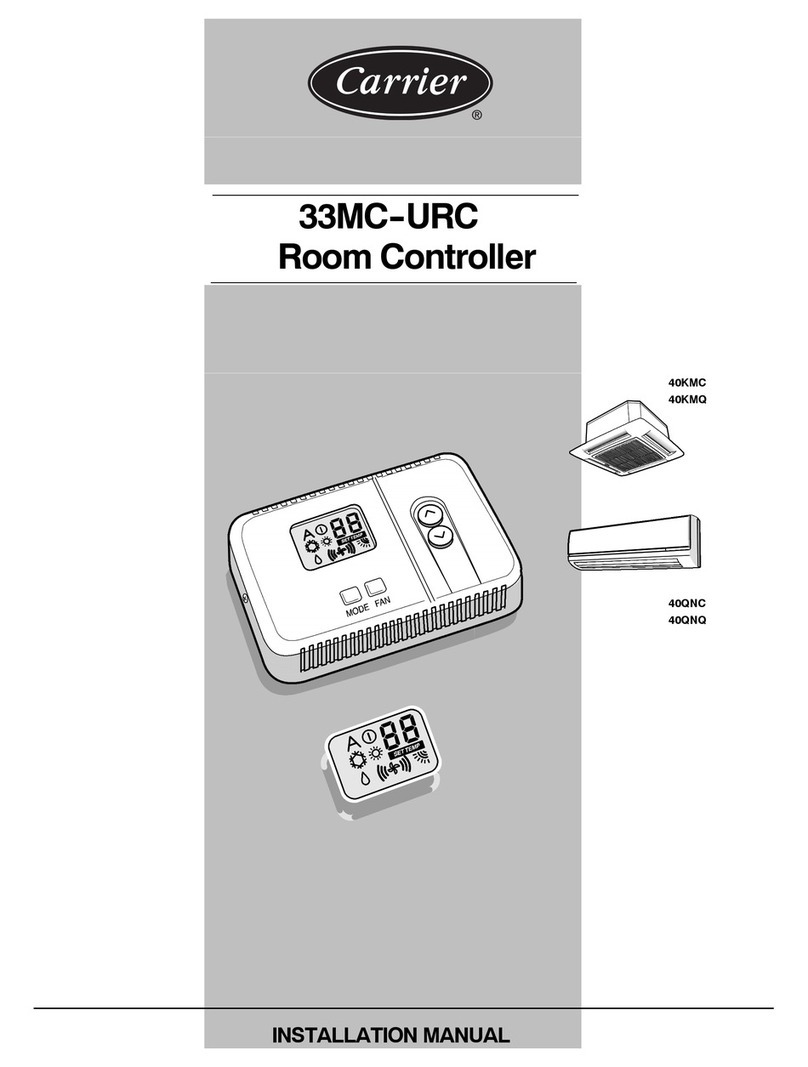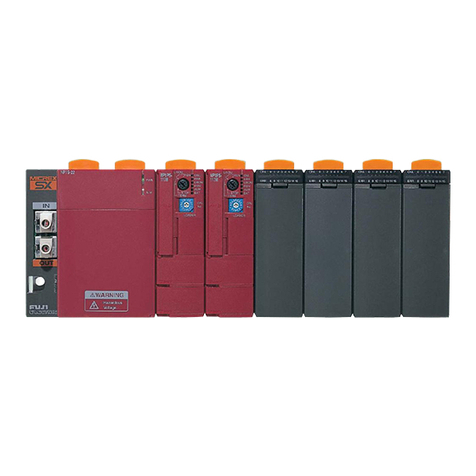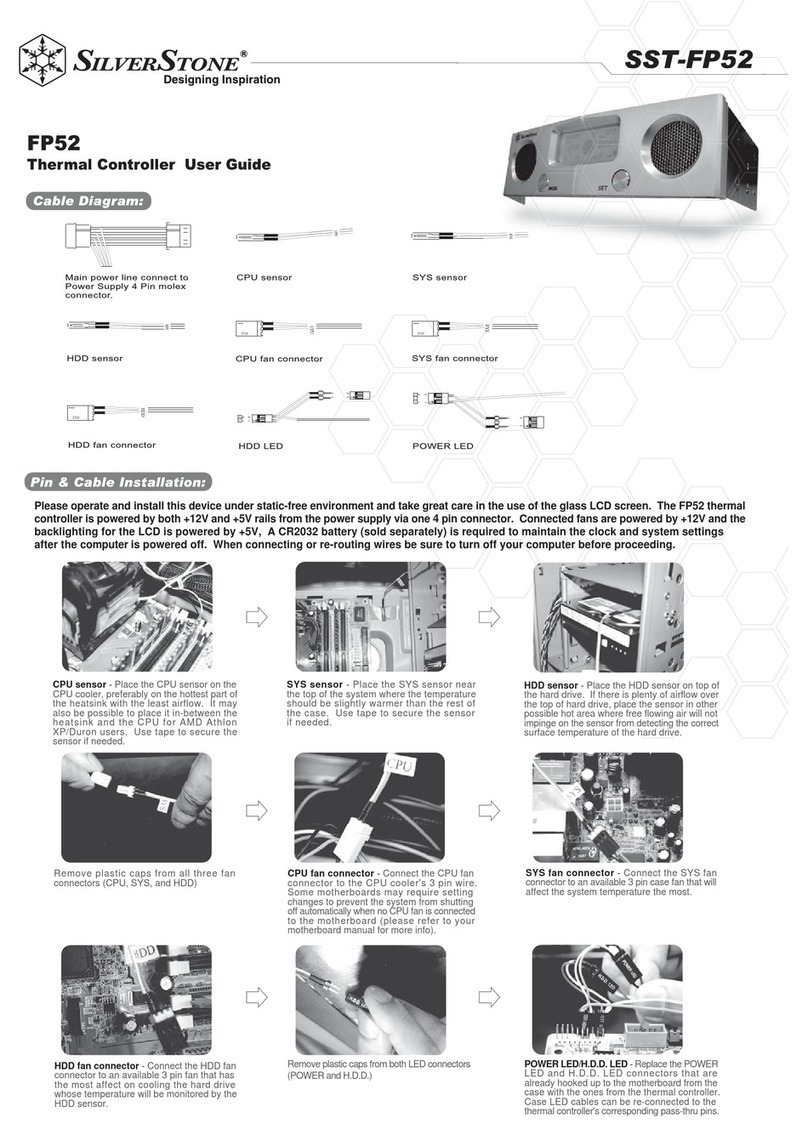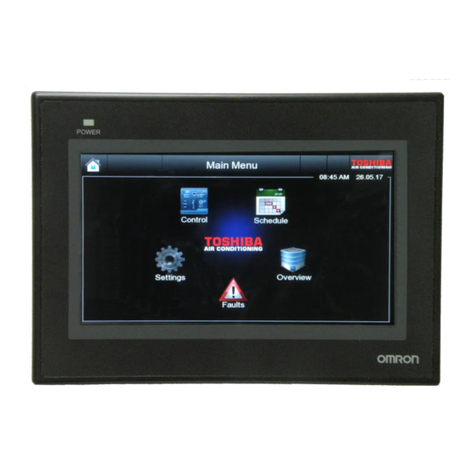SeaHawk LD1000 User manual

© Raymond & Lae Engineering, Inc. 2011. All rights reserved. RLE® is a registered trademark and Seahawk™, Falcon™, and Raptor™ are trade-
marks of Raymond & Lae Engineering, Inc. The products sold by RLE Technologies, 104 Racquette Dr., Fort Collins, CO 80524 are subject to the
limited warranty, limited liability, and other terms and conditions of sale set forth at http://www.rletech.com/.
Supplies for Installation
Included with the LD1000 - 15 foot (4.57m) leader cable, end-of-line terminator
(EOL), wall mounting hardware
Available from RLE, sold separately - SeaHawk sensing cable - up to 1,000 feet
(305m), isolated RLE power supply - DC (PSWA-DC-24) or AC (WA-AC-24)
Mount the Device
** As you wire and congure the LD1000, refer to Figure A on the back of this page for a
detailed diagram of the device’s internal circuit board and wiring connections. **
The LD1000 is a wall mounted device and mounting hardware is supplied with every unit.
1. Select a location for the LD1000 and place the two screw anchors in the wall 4.25
inches (107.9mm) apart.
2. Screw both screws into the wall anchors so that approximately 1/8 inch (3.18mm) of
each screw is showing. It may be necessary to adjust the screws—in or out—so that
the unit ts snugly to the wall.
3. Remove the front cover from the unit and hang the rear of the unit on the screws.
4. Pull the unit toward the ground so the screws nestle in the top of each keyhole, and
securely fasten the unit to the wall.
Connect the Sensing Cable
Leader cable is used to connect sensing cable to the LD1000 since sensing cable cannot
connect directly to the device.
1. Remove the appropriate circular knockout from the enclosure and thread the end of
the leader cable through the knockout.
2. Insert the four stripped wires of the leader cable into the appropriate slots in the
Cable Input terminal block at the bottom right corner of the LD1000:
White wire: insert into pinout labeled W
Black wire: insert into pinout labeled B
Green wire: insert into pinout labeled G
Red wire: insert into pinout labeled R
3. Unscrew the EOL from the end of the leader cable.
4. Attach the lengths of sensing cable to the leader cable.
5. Route the sensing cable according to your cable layout diagram.
6. Secure the EOL to the unoccupied end of the sensing cable.
Connect the Relay Outputs and Modbus Communications
The LD1000 can be used as a stand-alone device but it also has two Form C relay outputs
and a Modbus connection that allow it to communicate leak and fault status to another
device or system. If you wish to use these communications, wire them at this time.
Connect the Power
The LD1000 requires an isolated power supply, sold separately and available
from RLE. There are separate terminal blocks for DC and AC power. To avoid
product damage and personal injury carefully wire power to the correct terminal blocks.
Establish all wiring connections including sensing cable, relay outputs, and power before
you activate the board’s power supply.
DIP Switch Settings
The LD1000 has two sets of DIP switches. Adjust the switches to suit your application.
SW1-1 through SW1-7 - Congure the Modbus Address
If you are communicating via Modbus, use these switches to set the address of the Modbus device.
Adjust the switches until their sum equals the Modbus address. Switch values are as follows:
SW1-8 - Congure the Modbus Baud Rate
O (default) 9600 Baud
On 19200 Baud
SW2-1 - Congure the Relay Outputs as Supervised or Non-supervised
O (default) Relays are non-supervised - the relays remains OFF until an alarm is detected - at
which time the relays turns ON.
On Relays are supervised - the relays remains ON until either power is disabled or an
alarm is detected - at which time the relays turn OFF.
SW2-2 - Congure the Relay Outputs as Latching or Non-latching
O (default) Relays are non-latching - when an alarm is detected the relays will remain in
alarm state until the Quiet/Test/Reset button is pushed, or until the condition that
caused the alarm returns to a normal state.
On Relays are latching - when an alarm is detected the relays will remain in alarm
state until the Quiet/Test/Reset button is pressed.
SW 2-3 - Congure Relay Outputs as Two Summary Alarms or as Separate Leak and Fault Alarms
O (default) Relay one is a leak alarm; relay two is a fault alarm.
On Both relay one and relay two activate when a leak or fault alarm is detected.
SeaHawk LD1000 Quick Start Guide
Thank you for purchasing a SeaHawk
LD1000 single-zone leak detection
controller. This guide outlines device
installation and operation. Before you
install a LD1000 reference our website -
www.rletech.com - to ensure you are
using the most recent version of our
documentation.
If you need further assistance, contact
v2.4
(06/2018)
Wire the leader cable
into the correct pinouts.

SW 2-4 - Alarm Delay Setting - The time between when an alarm is detected and when the
LD1000 reports the alarm. The alarm must be present during the entire delay in order for the
alarm to sound.
O (default) 10 second alarm delay
On Two minute alarm delay
Leak Sensitivity
Leak sensitivity indicates how much water must be present for the controller to signal an
alarm condition. The lower the sensitivity setting, the more water must be present to
trigger an alarm. Use the pot at R25 to set the sensitivity.
R25 - Set the Leak Sensitivity
High Gently turn the dial clockwise as far as it will go.
Medium (default) Gently adjust the dial so it is in between the high and low settings.
Low Gently turn the dial counter clockwise as far as it will go.
Audible Alarms and Status LEDs; Quiet/Reset/Test Button
JMP2 - Control the audible alarm
Enabled (default) Place the jumper over the two prongs on JMP2.
Disabled Remove the jumper from JMP2.
Status LEDs
Condition Color Status Description
Power Green The light glows solid green when power is applied to the unit.
Alarm
Detected
Yellow -
Cable
Break
Red -
Leak
Detected
• The appropriate LED - yellow for a cable fault or red for a leak - glows
solidly when the alarm condition is detected and remains that way until
the condition is resolved.
• Push the Quiet/Reset button to silence the alarm.
• If the system is in latching mode (SW2-2 set ON), the LED will blink
once the alarm condition is resolved. To clear the latched alarm reset the
system - push and hold the Quiet/Reset button for 2 seconds. Release
the button and the system will return to normal operation. If there is still
an alarm condition present, the system will immediately alarm again.
Quiet/Test/Reset Button
Quiet When a cable fault or leak is detected the alarm sounds. Push the button once to silence it.
Reset Press the button for two seconds to reset the system. The unit will immediately check for
an alarm or fault condition.
Test When the unit powers on it runs a self test that includes lighting the LEDs, sounding the
audible alarm once, and checking the cable for a leak or fault. It then enters its normal
operation mode.
You can initiate this test again at any time by resetting the unit - push and hold the button
for two seconds and the unit will reset and self-test.
To test the two relays continue to hold the button throughout the self test. After one
second both relays will activate.
Test the Leak Detection System
Once the unit is set up, test the system. If the LD1000 is connected to a BMS or NMS,
notify monitoring personnel before you test.
To verify the LD1000’s functionality, test three points within the length of sensing cable
- one at the beginning, one in the middle of the length, and another near the end of the
length of cable.
There are a variety of ways to simulate a leak.
• Pour a small puddle of water on the cable while it rests on the oor.
• Dunk the cable in a cup of water.
• Wet a paper towel or rag and wrap it loosely around the cable. This is popular
if the cable is used in pipe applications. Be careful to wrap the wet cloth loosely
around the cable. Do not put pressure on the cable.
Remove simulated leak sources. Return the system to its normal operating state.
To test the cable fault alarm, remove the end-of-line terminator (EOL) from the end of
the sensing cable. This will cause a cable break, which should be reported appropriately
by the LD1000. Once the cable break alarm is veried, reapply the EOL and ensure the
system returns to its normal operating state.
Leader Cable /
Sensing Cable
Input
24VDC
Power Input
Cable
Fault Relay
Output
Leak
Relay
Output
JMP2
Audible Alarm
Jumper On - Enabled
Jumper O - Disabled
SW2-3
Relay Outputs
O - Leak & Alarm
On - 2 Summary
24VAC
Power Input
R25
Leak Sensitivity
Setting
SW2-4
Alarm Delay
O - 10 seconds
On - 2 minutes
SW2-1
Relay Outputs
O - Non-supervised
On - Supervised
SW2-2
Relay Outputs
O - Non-latching
On - Latching
Figure A
Modbus
Communications
SW1-1 - SW1-7
Modbus Address
SW1-1 = 1
SW1-2 = 2
SW1-3 = 4
SW1-4 = 8
SW1-5 = 16
SW1-6 = 32
SW1-7 64
SW1-8
Baud Rate
O - 9600
On - 19200
Other SeaHawk Controllers manuals
Popular Controllers manuals by other brands
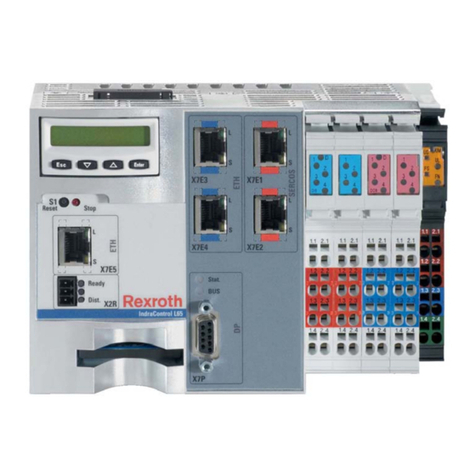
Bosch
Bosch Rexroth IndraControl L45 Project planning manual
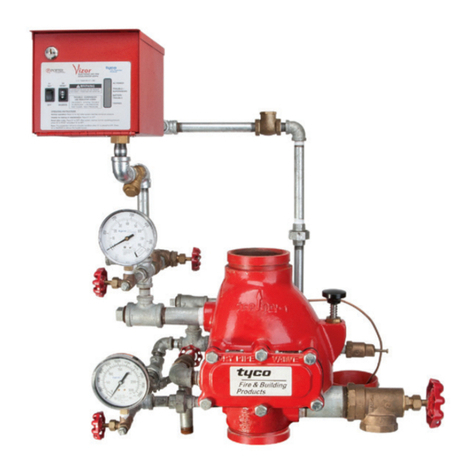
Tyco
Tyco VIZOR EDPA manual
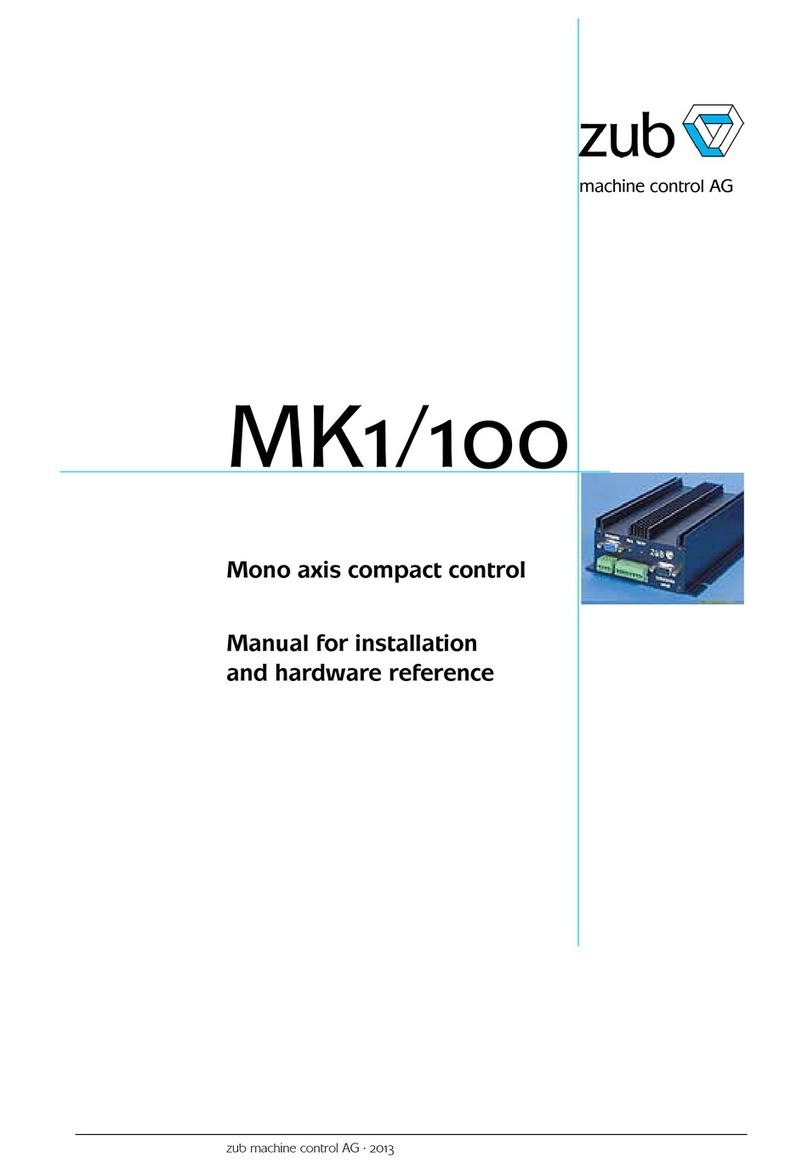
Zub machine control
Zub machine control MK1/100 Manual for installation and hardware reference
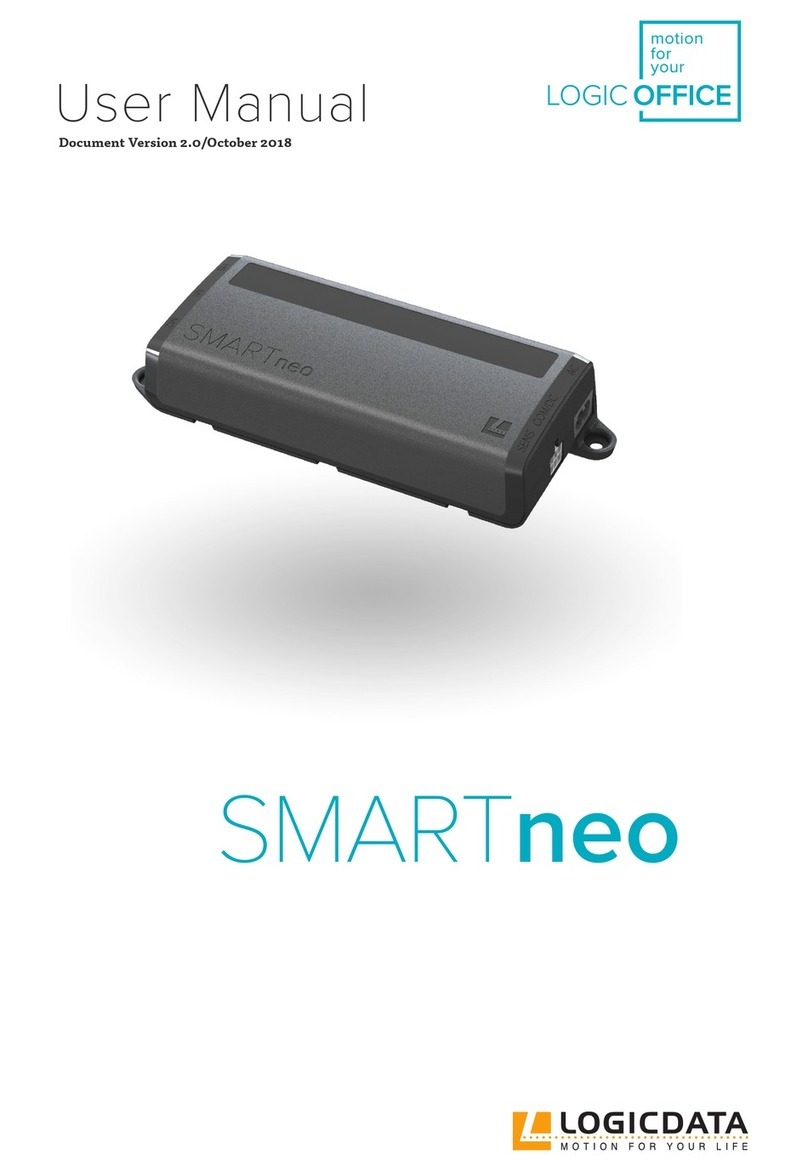
LOGICDATA
LOGICDATA SMARTneo Series user manual
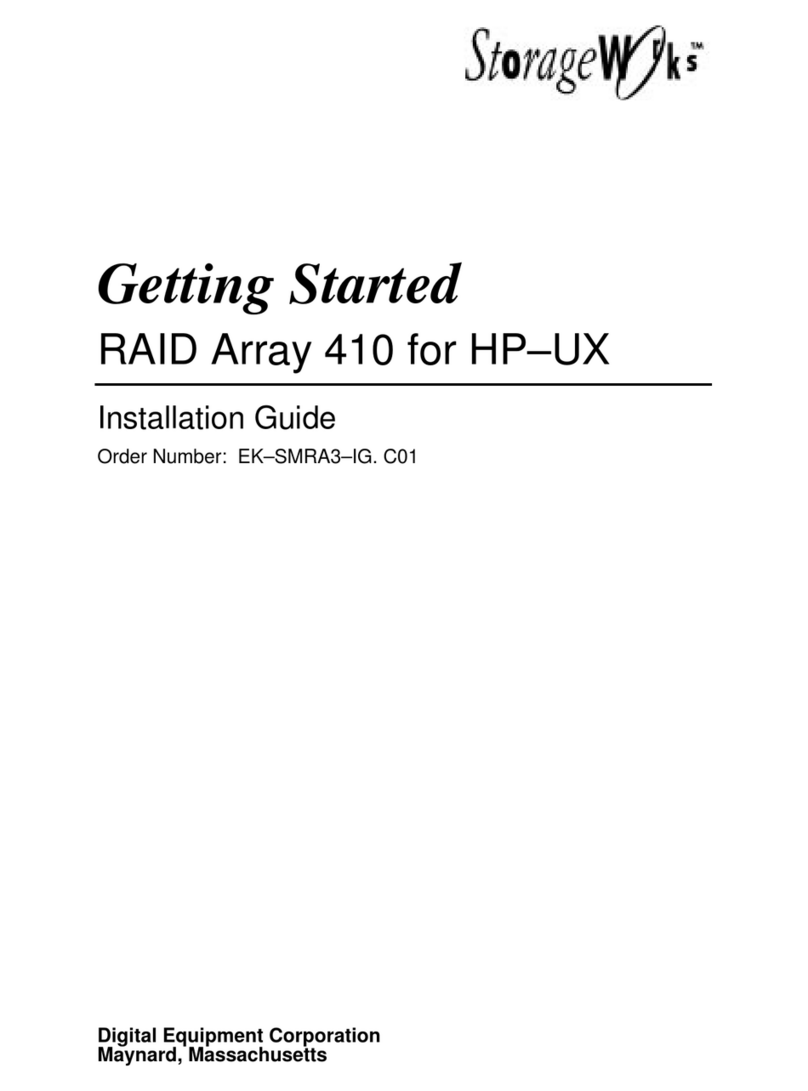
StorageWorks
StorageWorks RAID Array 410 installation guide
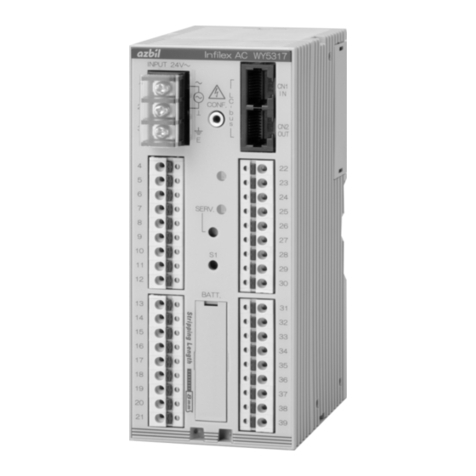
Azbil
Azbil Infilex WY5317C Specifications & instructions
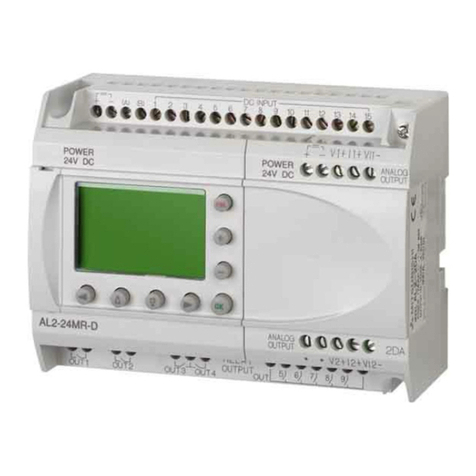
Mitsubishi
Mitsubishi Alpha XL quick start guide
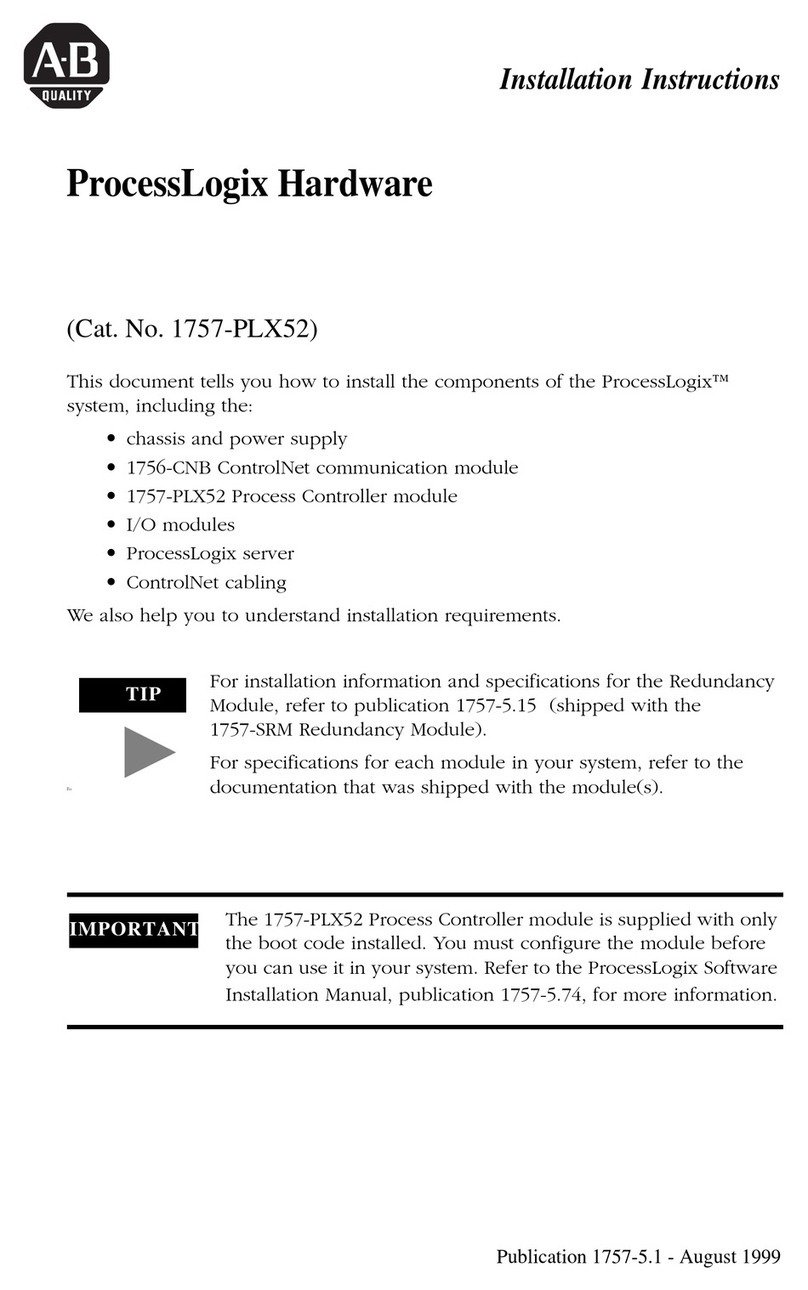
Allen-Bradley
Allen-Bradley ProcessLogix 1757-PLX52 installation instructions
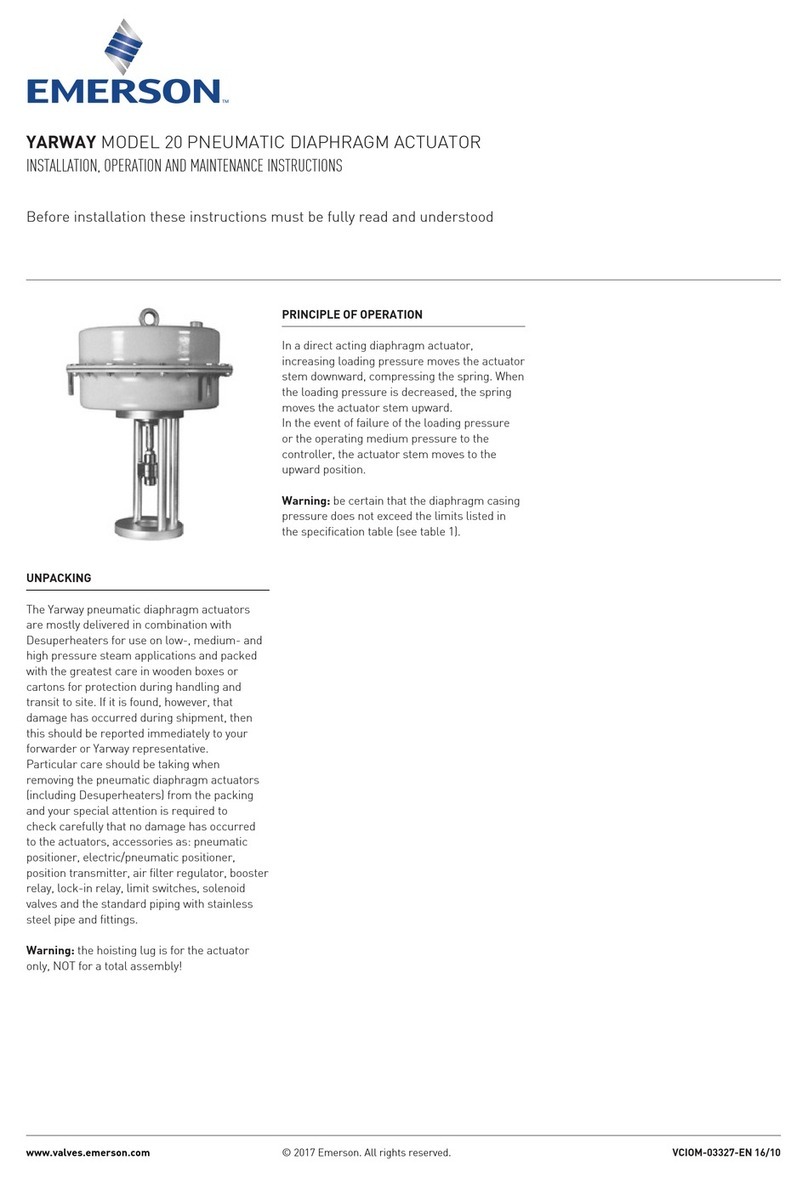
Emerson
Emerson Yarway Installation, operation and maintenance instructions

Kärcher
Kärcher Water Controller Duo Smart manual

American Pro
American Pro Navigator Plus user manual
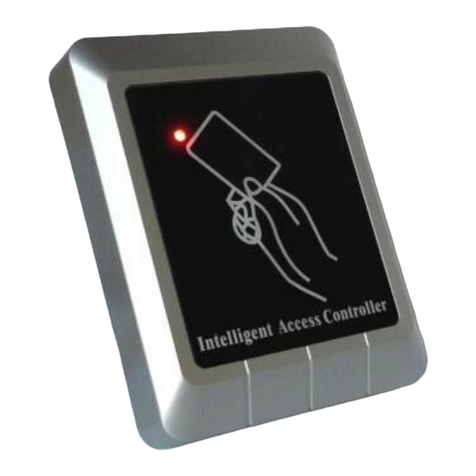
Camel Security
Camel Security ACS14-W manual
